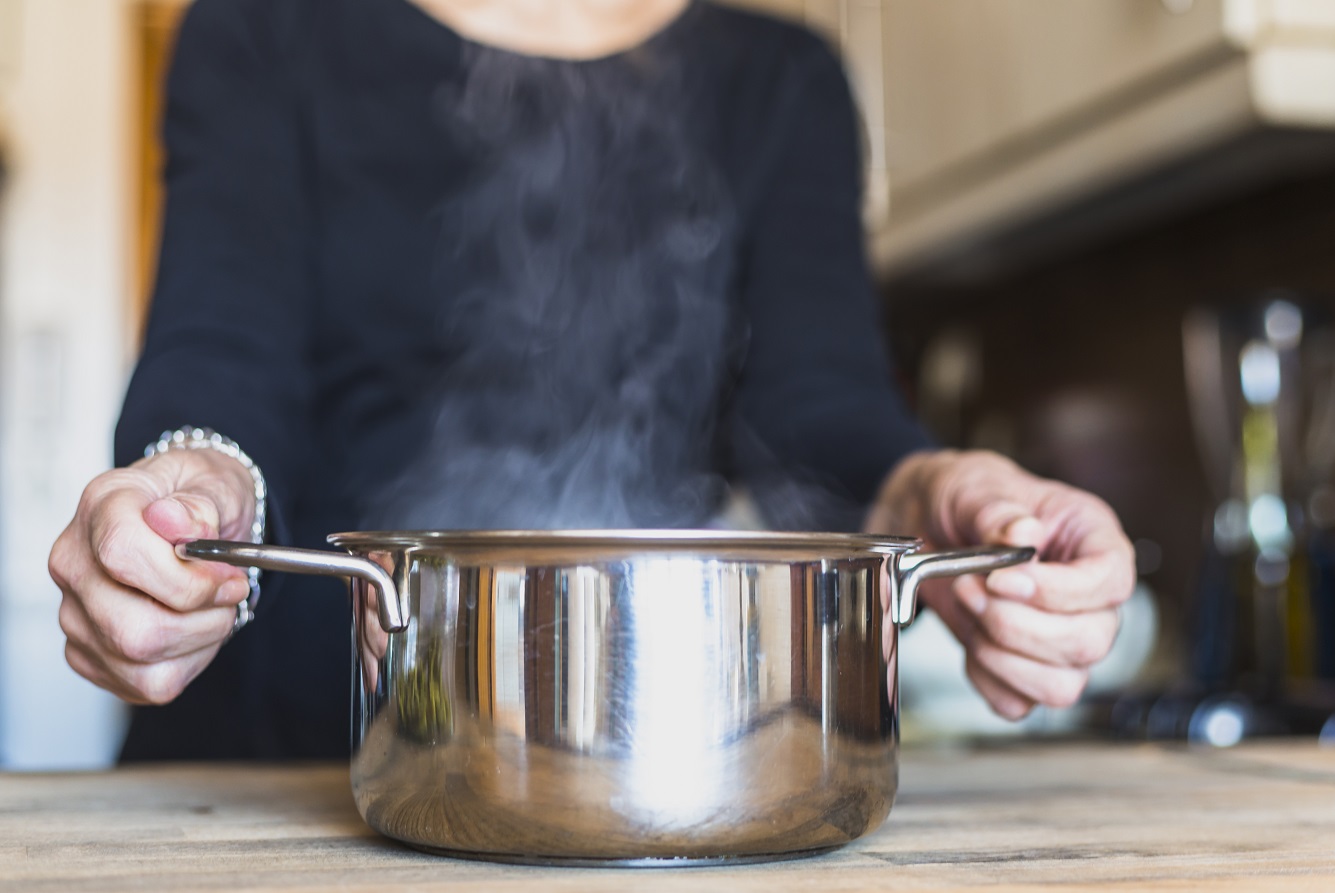

It is a commonly asked question whether one can weld pot metal. Yes, it can be welded, but it significantly depends on your alloy. It is not a straightforward method that applies uniformly. Pot metal has unique composition and properties, which makes the process challenging. Thus, when you need pot metal, choosing a metal supplier in Albuquerque known for quality metal offerings is crucial.
However, in this blog, you will learn about the limitations of welding pot metal, important considerations, and suitable alternatives.
Pot metal has derived its name from the traditional process, which resulted in the new alloy. In the early automobile industry, scrap metal pieces were gathered and melted into a pot for alternative uses. That’s how it got its name.
Pot metal is an alloy primarily made of zinc, aluminum, copper, tin, lead, iron, magnesium, and cadmium. The similarity between all these metals is that they have a low melting point, making pot metal a quick and efficient source to create inexpensive casts and other fixtures. However, the metal is brittle and susceptible to breakage under excessive stress.
There is no specific formula to make pot metal. However, the quantity of iron should be monitored, as iron is a high-melting-point metal which increases the melting point for all other metals as well. So, be careful while mixing up the metals, or take the help of a metal supplier in Albuquerque to sort it out for you.
Yes, even though it is challenging, you can weld pot metal. TIG Welding is the most preferred method of pot welding. Be it a DIY project or you need to weld it for industrial purposes, assistance from an expert will come in handy.
The process of welding pot metal is as follows:
Pot metal is an alloy that lacks a specific percentage composition of metals. Therefore, it becomes crucial to identify the alloy and the composition of its various metals in order to determine the appropriate technique for its use. Various types of pot metal are suitable for multiple purposes. So, define what strength, malleability, and ductility you require for the end use. Testing on a small sample is advised to determine the exact composition.
It is crucial to prepare the work surface for successful pot welding. Clean the surface thoroughly and remove any contaminants, dirt, grease, or any other debris which can affect the welding process or the quality of the end product.
Before commencing the welding, cover yourself in protective welding gear, glasses, and gloves. Welding is dangerous if you are not careful or if it is your first project. For beginners, choosing a professional welder to assist you is advised.
Pot metal is prone to thermal stress during welding, which can lead to cracking. Preheating the material helps minimize these stresses. Gradually heat the metal using a propane torch or an oven to a temperature between 400-600°F (204-316°C) before starting the welding process.
Applying the correct technique is important after identifying the pot metal composition. As pot metal is brittle, traditional gas welding and arc welding are unsuitable. They generate high heat, making the pot metal prone to thermal stress and eventually cracking.
The popular methods of pot metal welding are:
TIG Welding: Tungsten Inert Gas welding is a popular method as it allows precise control over the heat input, allowing to weld the metal without causing any damage. However, it requires experience to weld the metal perfectly without cracking it.
Low-Temperature Brazing: Brazing utilizes a filler metal with a lower melting point than the base metal, allowing for a stronger bond. However, ensuring that the filler metal is compatible with the pot metal alloy is essential.
Once the metal has been welded, allow it to cool down. When it has cooled down completely, examine it for any cracks and assess whether it requires additional repair.
Alternative repair methods often come in handy with pot metal welding due to the challenging welding. Here are some of the alternative methods which are used:
Cold metal stitching refers to stitching up the cracks. Holes are created on either side of the cracks, and metal staples are used to join the broken pieces together. It does not require letting the metal undergo additional heating and strengthens the metal.
High-strength adhesives are effective for pot metal repair. A suitable adhesive must be chosen to repair the specific alloy types.
The pot metal’s inherent brittleness and unique composition pose multiple challenges during welding. TIG Welding can be used to weld pot metal after identifying the pot metal composition. Allow an expert to assist you in welding to offer the best results.
New Mexico Metals LLC, a quality metal supplier in Albuquerque, is happy to help you choose the right metals for your project.
Visit us today for an expert opinion!